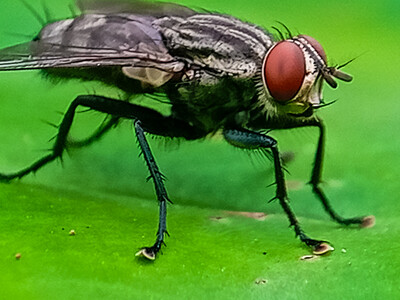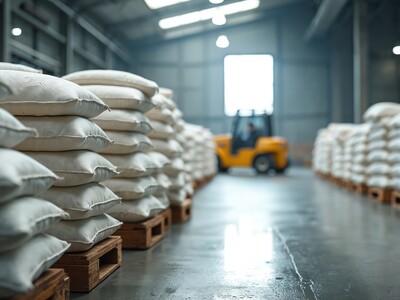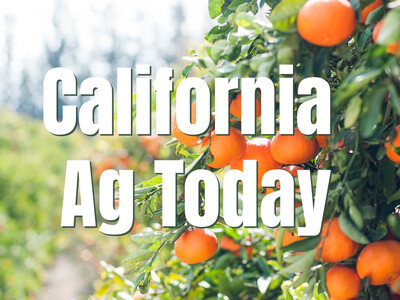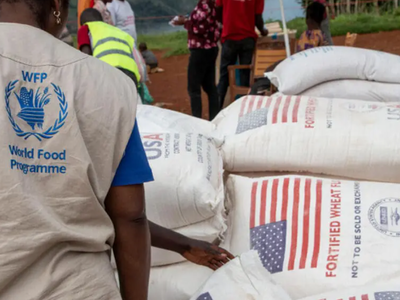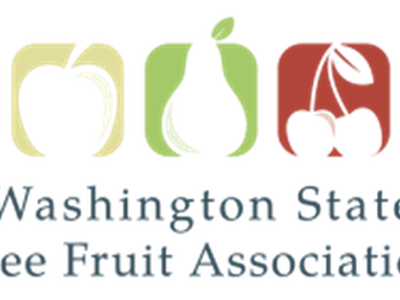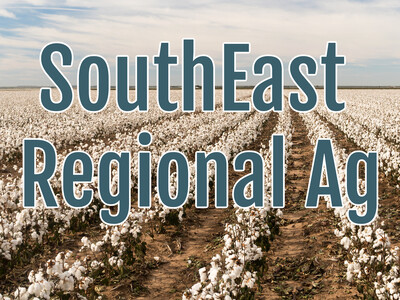CONTROL AREAS
If a foreign animal disease like African swine fever were to enter the U.S. domestic herd, animal health officials will respond by drawing an area around the infected premise and coordinate directly with the producer on further actions. Dr. Patrick Webb is Acting Chief Veterinarian for the National Pork Board. As more awareness and preparation is put in place, Dr. Webb gives an example of a control area.“They can look to USDA’s FAD Prep Plan, which is their African swine fever response plan or guidance on how big that type of zone should be. So, the minimum or the infected zone is three kilometers, or about 1.8 miles out from that infected farm.”
There is another 1.2 miles marked as a buffer zone, making the control area radius approximately 6.2 miles. Dr. Webb says producers need to be transparent with state animal health officials about their operation if they are in the control area.
“I'm a sow farm, I have to move pigs every two days, or I'm in a welfare situation where I'm going to have to start managing my flows a bit different, or even God forbid, having to start euthanize pigs because there's nowhere to go with them. And it's a two-way street on communications.”
The control area process is an example of how AgView, a free, opt-in technology, can use contact-tracing to mitigate the spread and damage of a foreign animal disease.
“Where a state animal health official can request a producer to be able to securely and rapidly share their location and movement data along which is your Secure Pork Supply documentation and relevant laboratory testing results directly to the state animal health official, in the click of a button.”
Google “ASF Control Zones” for a PDF from USDA’s Animal Plant Health Inspection Service that outlines control areas clearly.





